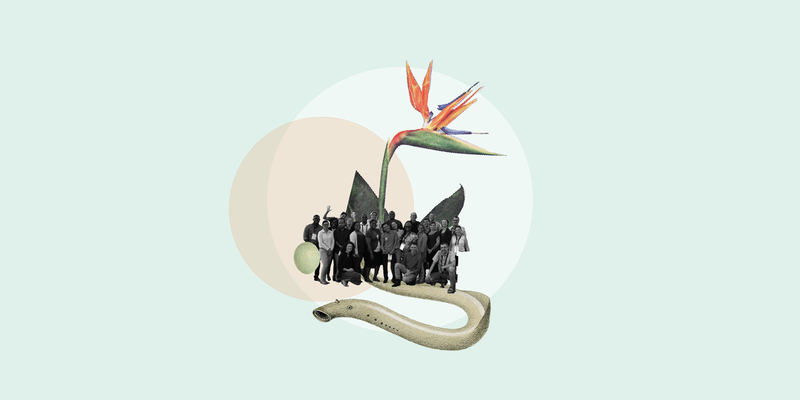Capacity building

Data mobilization and use require some level of institutional investment in both IT infrastructure and human resources. When organizations may have limited computing capacity, gaps in key computing and science skills or limited experience with data management, planned activities require an approach to address these gaps over both the short and the long term. Partners from outside the project can often support team members and bring in expertise and support to address these deficits.
Featured projects
Mobilizing primary biodiversity data for Mozambican species of conservation concern
Mozambique
With a large proportion of Mozambique’s population reliant on natural resources for their livelihoods, the country’s government has committed to poverty reduction through sustainable development, including the integration of biodiversity within decision-making processes. Current priorities focus on unique species and those important to livelihoods, so this project targeted mobilization of data on endemic and near-endemic species of plants, birds, reptiles, amphibians, insects and fish.
The National Herbarium of Mozambique (LMA) offered technical capacity by hosting an instance of GBIF's Integrated Publishing Toolkit (IPT). Registering project partners on the IPT enabled the team to build capacity across three key areas: taxonomy, data publishing and IUCN Red Listing. With knowledge exchange from the South African National Biodiversity Institute (SANBI) and training support through the GBIF training curriculum and the Royal Botanic Gardens, Kew’s Tropical Important Plants Areas initiative, a series of project workshops bore fruit in the form of nearly 190,000 new occurrence records from four Mozambican institutions available through both GBIF and the BioNoMo portal.

Tapping two decades of ecological research in PNG: Creating a framework for data mobilisation at New Guinea Binatang Research Center
New Guinea
The New Guinea Binatang Research Center (BRC), a non-profit organization in Papua New Guinea, focuses on rainforest ecology, biodiversity research, conservation training and environmental education. Having collected extensive data on various species, they aimed to establish a sustainable system for sharing this data with the GBIF network. The project successfully mobilized 177,229 occurrence records, making BRC the largest contributor of PNG records to GBIF by a local institution.
Capacity development was pivotal. A 'GBIF Officer' was nominated at BRC who now trains staff and supports data mobilization. Three workshops trained 48 staff members from 18 organizations, fostering awareness of the benefits of data sharing. Recognizing that “GBIF is an extremely useful tool for training and teaching activities”, BRC plans to incorporate GBIF use into future programs.

Unlocking the flow of data on plant biodiversity for decision-making in S. Tomé e Príncipe
Democratic Republic of São Tomé and Príncipe
A project in São Tomé and Príncipe (STP), led by the STP Agricultural and Technological Research Center in collaboration with the Forests and Biodiversity Directorate and the University of Coimbra, aimed to study and document plant diversity in the region.
Three technicians from STP underwent a 3-month internship at the University of Coimbra in Portugal. Knowledge from the internship was shared with the rest of the STP team, and local training sessions followed. Additional online training sessions helped address questions related to data publication tools. This partnership benefits the STP Herbarium team, enhancing institutional ties and ensuring ongoing mentorship. The activities carried out by the three STP technicians during their internship were also beneficial for the host institution, as they worked on and published data related to more than 3,000 herbarium specimens.